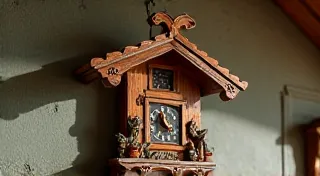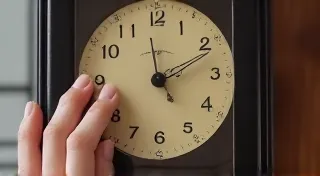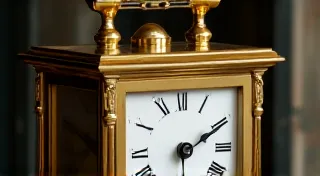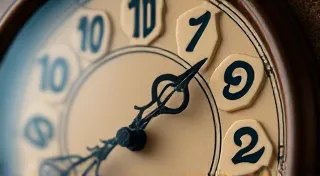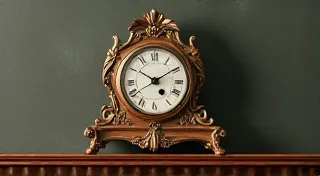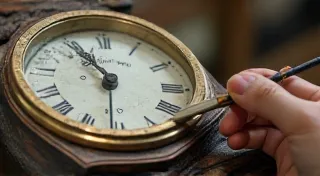The Cartography of Time: Mapping Regional Dial Styles in 18th-Century Clocks
There’s a quiet dignity in holding an antique clock, a palpable sense of connection to the hands that meticulously crafted it centuries ago. It's more than just a timekeeping device; it's a silent witness to generations, a keeper of memories. My own fascination began with a small, unassuming grandfather clock inherited from my grandmother. It wasn’t particularly grand, nor was it the work of a famed maker. Yet, the gentle ticking, the elegant script on the face, evoked a feeling of deep belonging, a tangible link to my family’s past. It sparked a lifelong journey into the world of antique clocks, a world far richer and more nuanced than I could have initially imagined.
The beauty of antique clocks isn't merely in their mechanics, impressive as those are. It lies in the subtle, often overlooked details of their dials – the visual signatures of the makers and the regions they served. During the 18th century, before mass production homogenized design, clocks became miniature canvases, reflecting local tastes, artistic trends, and even the availability of specific materials. Treating these dials not just as functional elements, but as maps – a cartography of time – reveals a fascinating tapestry of regional identity.
The English Tradition: Roman Numerals and Royal Influence
English clock dials of the 18th century often display a pronounced formality, heavily influenced by the court and the established printing traditions of the era. Roman numerals reigned supreme, typically rendered in a crisp, legible style. A hallmark of English dials is the frequent inclusion of the maker’s name and location in a serifed font, often arched over the chapter ring. The level of detail in the ornamentation could vary greatly, from plain, functional faces to elaborate creations with intricate floral motifs and cherubic figures. The Royal Society’s emphasis on precision and scientific observation subtly permeated design aesthetics. You’re less likely to see flamboyant ornamentation on a provincial English clock than on its Continental counterparts.
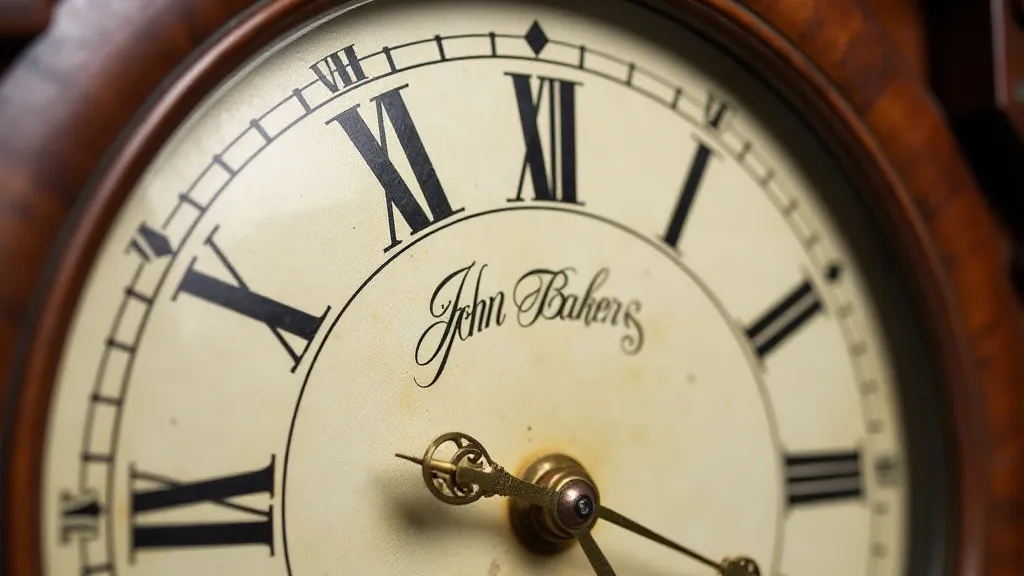
Consider the differences between a clock produced in London, the cultural and economic epicenter, and one from a rural market town like Norwich or Chester. While both would share common stylistic traits, the London clock might feature a more sophisticated typeface, influenced by the city’s thriving printing industry, while a provincial clock might adopt a simpler, more readily reproducible design.
The Continental Flair: French Elegance and German Practicality
Across the Channel, French clock dials embodied a different sensibility. The French embraced a more decorative approach, influenced by the Rococo style and the pervasive love of ornamentation. Arabic numerals became increasingly common, often presented in an elegant, flowing script. The faces were frequently adorned with elaborate cartouches, scrolls, and foliage. French makers weren't shy about displaying their artistry – faces were designed to be visually arresting, reflecting the era’s emphasis on luxury and elegance.
In contrast, German clock dials often prioritized functionality and practicality. While beauty was certainly valued, the design frequently emphasized legibility and durability. German clocks were often produced in workshops catering to a wider market, and the dials reflected this—often more straightforward and less overtly decorative than their French counterparts. You’ll find a greater prevalence of simpler, sans-serif typefaces and a more utilitarian approach to ornamentation.
Swiss Precision and the Rise of Regional Variations
Switzerland, a nation of skilled artisans and independent workshops, presented a unique case. The Swiss excelled in precision engineering, and this technical prowess was reflected in the accuracy and reliability of their clocks. However, regional differences within Switzerland also began to emerge during the 18th century. Clockmakers in the Jura mountains, for example, developed their own distinct styles, often incorporating elements of both French and German design. You see a fascinating blending of influences – a subtle visual conversation occurring across the Alpine landscape.
Examining the placement of the clock’s winding holes is a surprisingly insightful detail. In English clocks, they are almost universally at the top of the dial. In Continental Europe, their placement varied greatly, sometimes at the sides, sometimes at the bottom, a seemingly minor detail that can offer clues to origin.
Deciphering the Details: Typography, Ornamentation, and Placement
The typefaces used on these dials are a crucial identifier. Did the maker employ a classic Roman script, a flowing cursive, or a more modern sans-serif font? The ornamentation offers further clues. Are the decorations formal and symmetrical, or whimsical and asymmetrical? The placement of numerals – are they evenly spaced, or are they clustered to create a specific visual effect? Even the color of the dial itself can be indicative of region and era. Early dials were often made of brass and left unpainted, while later dials were painted with enamel or porcelain.
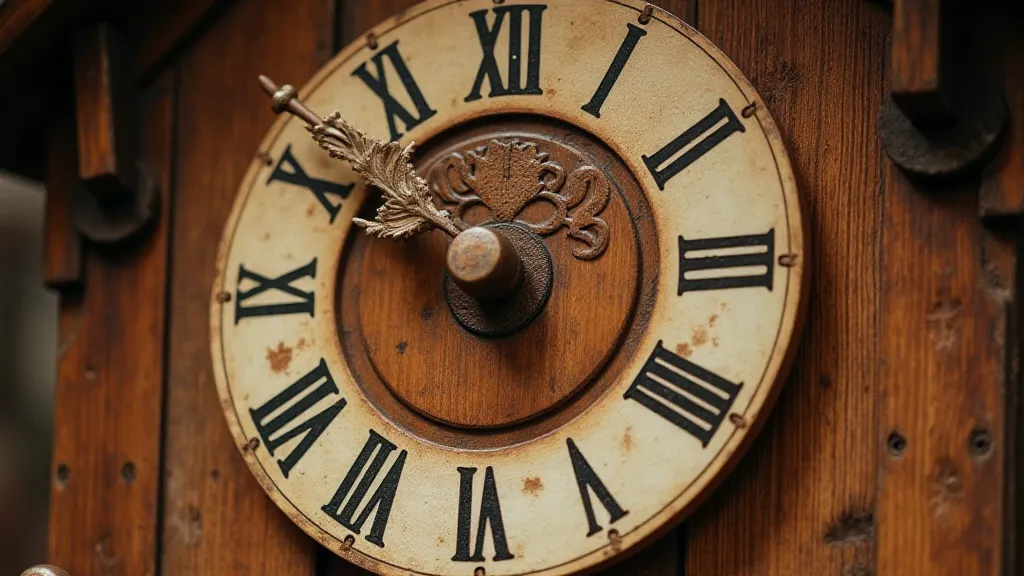
Consider a clockmaker attempting to appeal to a wealthier clientele. They might employ a more elaborate typeface and incorporate more intricate ornamentation to project an image of sophistication and luxury. Conversely, a clockmaker targeting a more modest market might opt for a simpler, more affordable design.
Beyond Identification: Appreciating the Craftsmanship and History
The process of identifying an antique clock is more than just a matter of recognizing makers' marks or stylistic traits. It’s about delving into the history of clockmaking, understanding the cultural context in which the clock was created, and appreciating the skill and artistry of the clockmaker. It’s about connecting with the past in a tangible way.
Restoration, of course, presents a delicate balance. While cleaning and repair are essential, it’s crucial to preserve the clock's original character and patina. Stripping away the accumulated dirt and grime can reveal the clock's original beauty, but it can also erase valuable clues about its history. Responsible restoration prioritizes conservation over complete originality.
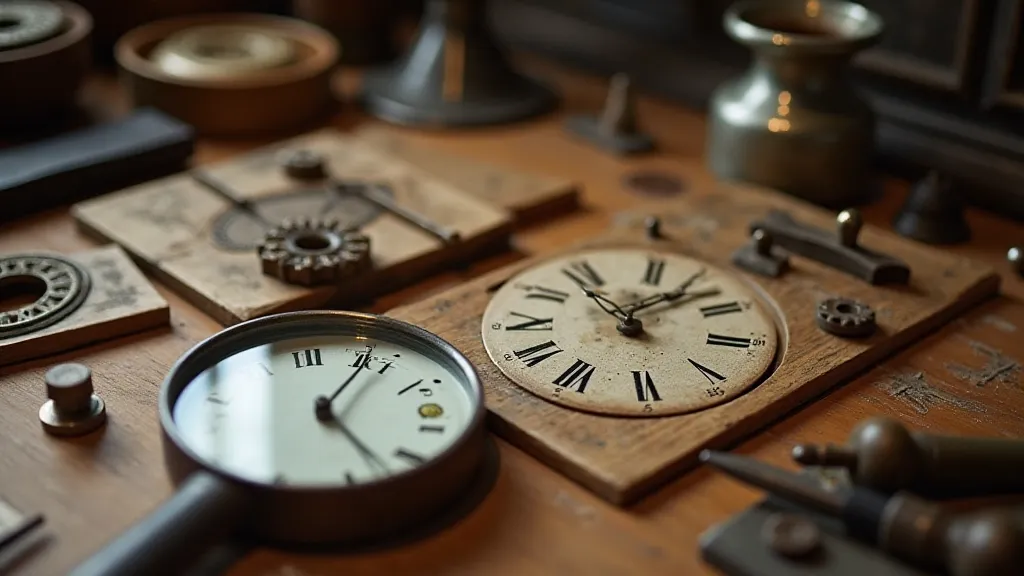
Holding an antique clock, truly understanding it, is an invitation to step into another time. It's an exercise in visual literacy, a chance to decipher a silent language, and a celebration of the human spirit’s enduring quest to measure and understand the passage of time. The cartography of time, revealed in the subtle variations of these antique clock dials, offers a profound and endlessly rewarding journey.
